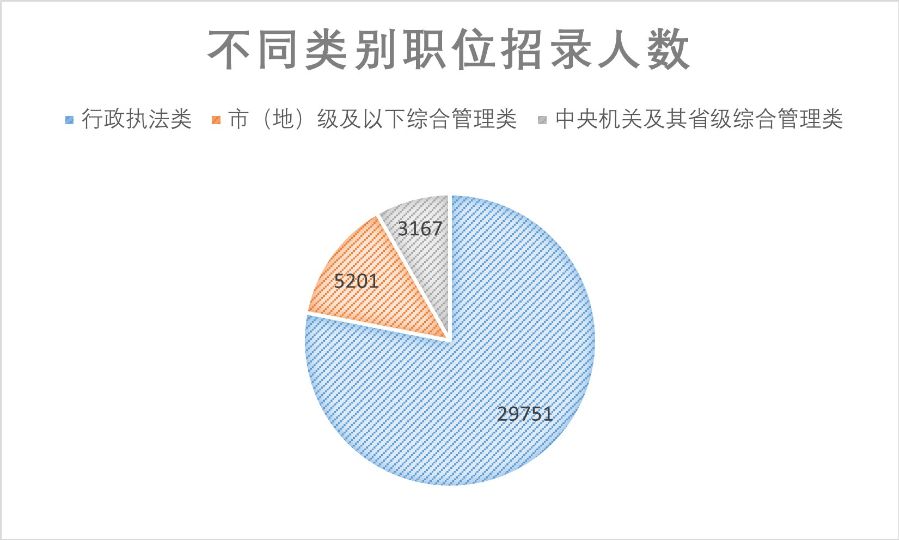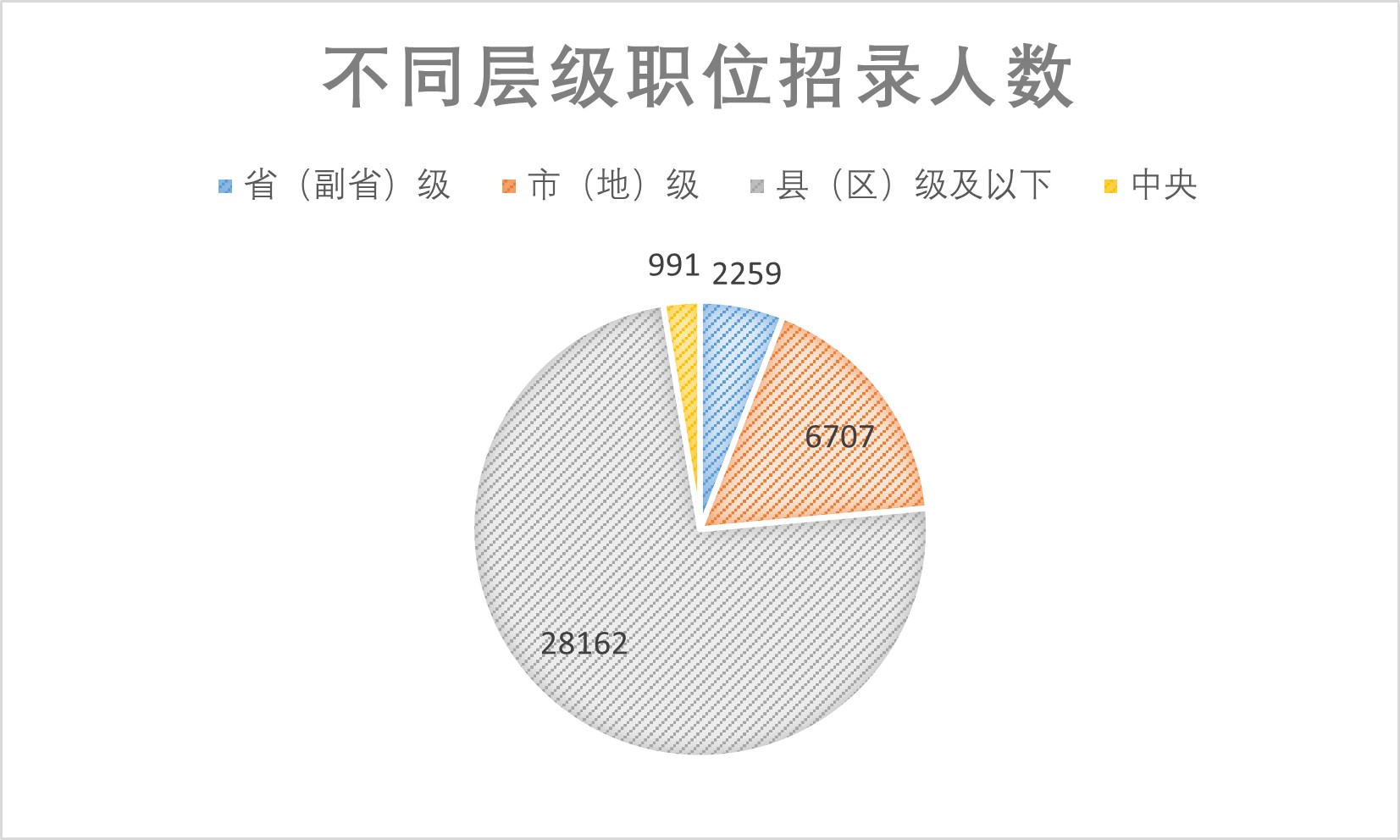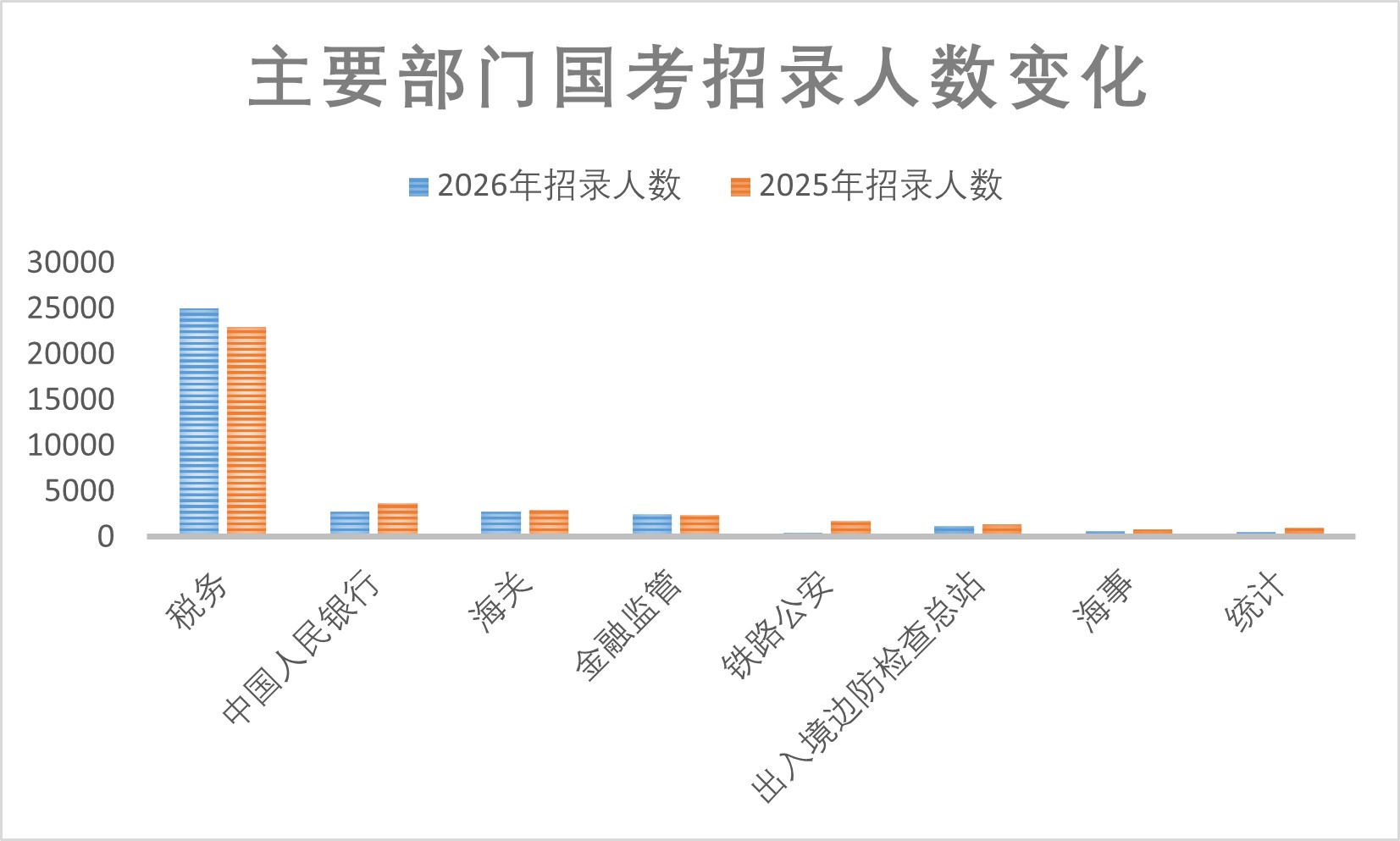On October 15th, registration for the 2026 National Civil Service Examination officially began, with position details and application requirements now publicly available.
The 2026 examination will recruit 38,119 individuals for 20,714 positions, representing a slight decrease in scale compared to the previous year. However, the tax system, as the main recruiting force, bucked the trend by expanding its recruitment by nearly 2,000 people. The proportion of administrative law enforcement positions also increased compared to the previous year, and Guangdong continues to rank as the province with the highest number of recruits.
University graduates are a key demographic for the national exam, with over 60% of positions explicitly setting the application threshold as “fresh graduates.” Graduates majoring in Public Finance, Economics, and Finance have access to a larger number of positions, which can be considered advantageous.
However, experts point out that when choosing a position, candidates need to consider their own qualifications, long-term development prospects, as well as the level of competition.
The National Exam is Shifting Downwards
The 2026 national exam plans to recruit 38,119 individuals. The main recruiting force comes from the tax system, which plans to recruit 25,004 people, accounting for approximately 65.6% of the total recruitment, an increase of 6 percentage points from last year. Additionally, the financial regulatory system’s recruitment plan saw a slight increase, while other departments experienced varying degrees of reduction, with the railway police seeing a more significant cut.
Unit: Persons
The reduction in the 2026 recruitment plan compared to the previous year actually reflects more scientific and practical recruitment.
“On one hand, the rapid development of artificial intelligence has significantly reduced labor costs. Many basic, repetitive tasks can now be assisted by AI, reducing demand for personnel. On the other hand, the formulation of the recruitment plan also fully considers the actual fiscal situation,” an expert stated.
The 2026 national exam continues its classified and tiered examination system, with positions divided into three categories: Comprehensive Management positions for central agencies and their provincial directly affiliated institutions, Comprehensive Management positions for municipal (prefectural) level and below directly affiliated institutions, and Administrative Law Enforcement positions.
This year, Administrative Law Enforcement positions account for 78.05% of the total, an increase of 2.99 percentage points from the previous year. Although the number of recruits for these positions slightly decreased compared to last year, their proportion increased.

The proportion of positions at the county (district) level and below also increased, reaching 73.88% this year, up 4.54 percentage points from the previous year.
The 2026 national exam adheres to the principle of strengthening and stabilizing grassroots forces, with recruitment policies and plans倾斜 towards the front lines. Nearly 28,100 positions are designated for county (district) level and below directly affiliated institutions, which is a higher number than the previous year.

Positions at the county level and below are primarily concentrated in frontline grassroots roles, where conditions can be relatively challenging. To lower the entry barrier, positions in remote and difficult grassroots agencies have implemented measures such as relaxing academic requirements, broadening专业 conditions, and removing restrictions on work experience and年限. Further policy倾斜 is applied when setting the written exam pass mark. Multiple measures are used to encourage and guide talent to flow to the grassroots front lines, further strengthening the grassroots civil service ranks.
However, the increase in grassroots positions also reflects, to some extent, the high turnover rate among grassroots civil servants.
“In recent years, the popularity and competitiveness of civil service selection exams have significantly increased. This is related to the fact that many graduates from prestigious universities previously passed exams for township grassroots positions and, after working for a few years, wish to leave those roles. Selection exams are one of the few channels for them to leave their current position while remaining within the system,” an industry insider noted.
Geographically, positions with recruitment plans for the 2026 exam are spread across the country, with all 31 provinces having




